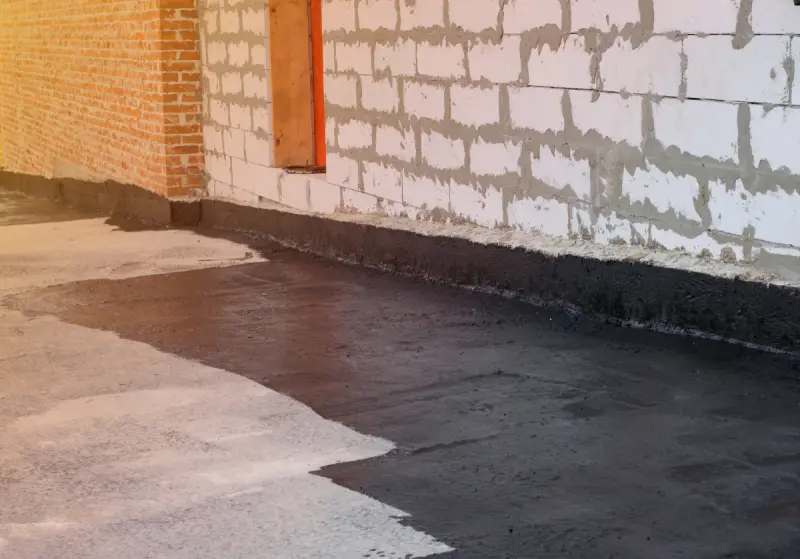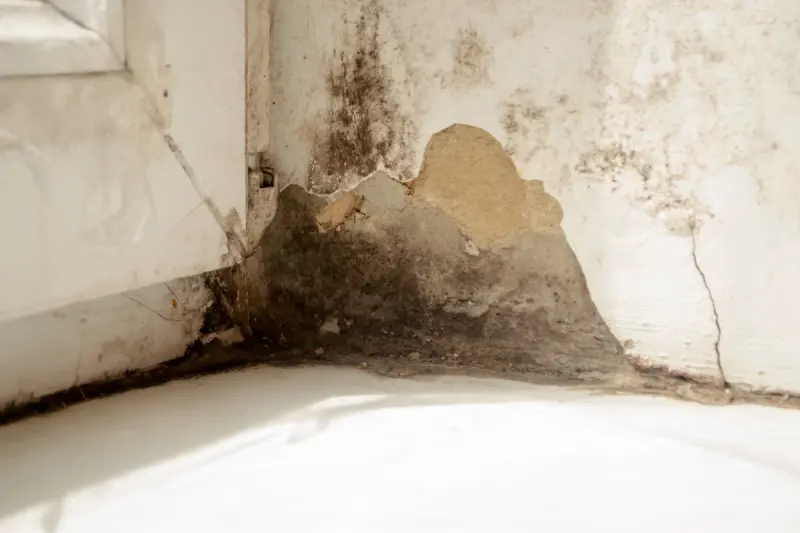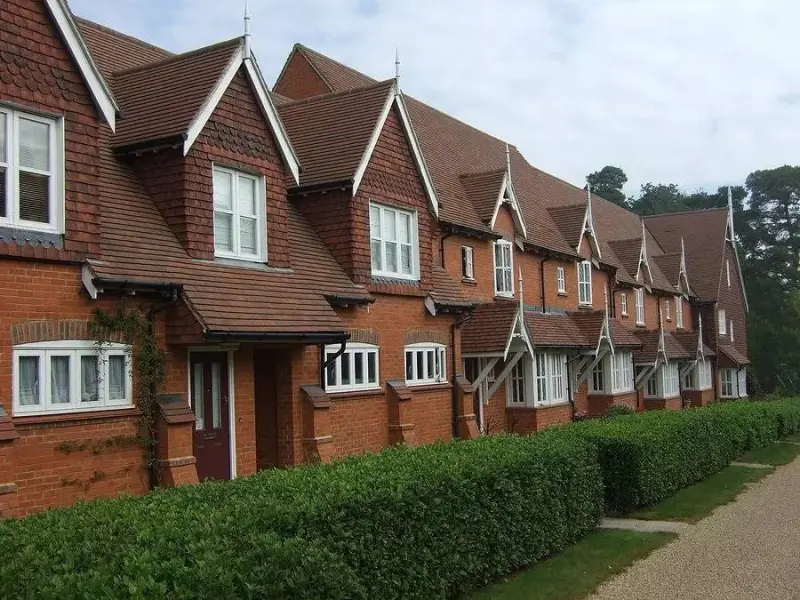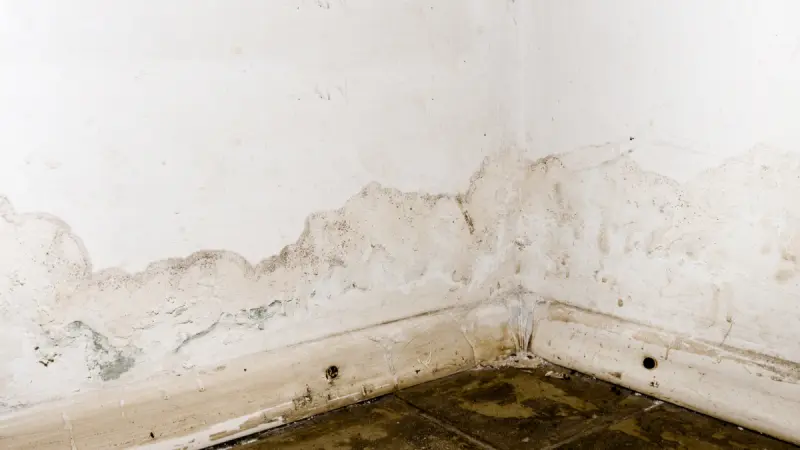What problems can damp cause a building? Dampness in buildings is a common yet significant issue that can lead to a myriad of structural and health problems.
When moisture infiltrates the walls, floors, or ceilings, it can weaken the building's structural integrity, leading to potential damage and costly repairs. Understanding and addressing the sources and effects of dampness are crucial to maintaining the longevity and habitability of any structure.

Leaks
Leaks are a common problem in buildings, particularly in older properties. Water seeping through roofs, windows, or walls can result in extensive damage over time. These leaks enable water to enter the building structure, leading to further issues such as structural weakening.
Identifying and repairing leaks is crucial to prevent moisture from penetrating into the building and causing more severe damage. Regular maintenance can help mitigate these problems effectively.
Localised Dampness
Localised dampness may occur in specific areas of a building, such as walls or ceilings. This type of damp can be caused by condensation or water leaks. Localised dampness can damage paint, wallpaper, and plaster, making these areas look unsightly.
It is important to address the source of the dampness to prevent further deterioration. Proper ventilation and repairs can help to manage and reduce localised dampness in affected areas of the home.
Mould
Mould is a serious issue that can result from damp in your home. Mould growth occurs in areas with prolonged dampness and poor ventilation, such as bathrooms, kitchens, and basements.
Mould can be harmful to the health of people living in the property, potentially causing respiratory problems and allergic reactions. It is crucial to remove mould promptly and take steps to prevent it from returning, such as improving ventilation and reducing moisture levels.
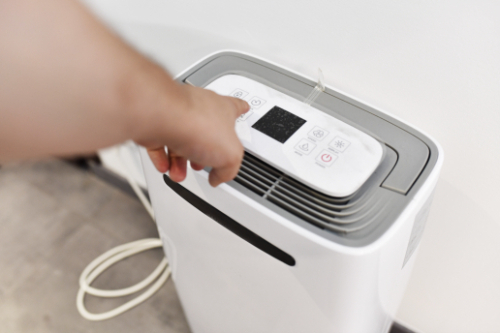
Musty Smell
A musty smell is often a clear sign of dampness in a building. This unpleasant odour is caused by mould and mildew, which thrive in moist environments. The smell can permeate the entire building, making it an uncomfortable place to live or work.
To address the problem, it is essential to identify the source of the dampness and take steps to remove it. Proper ventilation and maintaining a dry environment can help prevent musty smells from developing.
Rising Damp
Rising damp is a type of damp that occurs when groundwater rises up through walls and floors, often in buildings lacking a proper damp proof course. If left untreated, rising damp can lead to significant structural damage.
To prevent this issue, it is crucial to ensure the building has an effective damp proof course and to promptly repair any damaged areas. Regular maintenance can help keep your property safe from rising damp. If you encounter rising damp, consult a professional for advice.
Condensation
Condensation is a common cause of dampness in buildings, especially during colder months. It happens when warm, moist air meets cold surfaces like windows and walls, resulting in water droplets. If not managed, it can lead to mould growth.
To prevent condensation, improve ventilation with extractor fans, maintain adequate heating, and use double glazing. Proper insulation and regular airing of rooms are also effective. Following these steps can help maintain a healthy living environment.
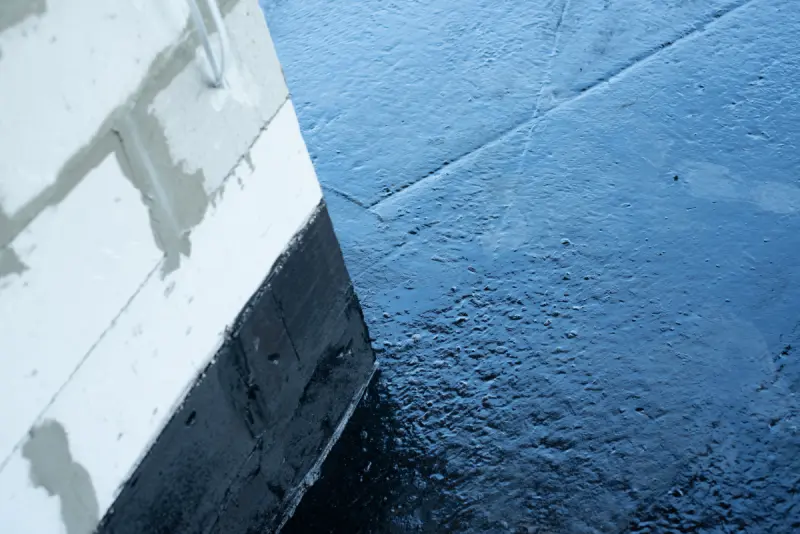
Crumbling Plaster
Crumbling plaster is a common sign of damp in a building. This not only looks unsightly but also compromises the structural integrity of the affected areas.
It is important to identify the source of the damp and carry out repairs to prevent further damage. Effective damp proofing measures can help protect plaster from future problems, ensuring the longevity and safety of your property. Regular inspections and maintenance are key to preventing moisture-related issues.
Damaged Roofs
Damp can cause significant problems for roofs, especially if leaks are present. Damaged roofs allow water to enter the building, leading to dampness in attics and upper rooms. Over time, this can cause wood to rot, shingles to deteriorate, and structural damage.
Regular roof inspections and timely repairs can help prevent these issues. Addressing any signs of damp or water damage promptly can protect the roof and the overall structure of the building.
Peeling Wallpaper
Peeling wallpaper is a common sign of damp in a building. When walls are damp, the adhesive holding the wallpaper in place can weaken, causing it to peel or bubble.
To fix peeling wallpaper, it is essential to address the source of the dampness by improving ventilation, repairing leaks, or installing a damp proof course. Properly dealing with the damp can prevent future problems and maintain the structural integrity and appearance of your walls.

Corrosion
Corrosion is another problem that can be caused by damp in a building. Moisture can lead to the corrosion of metal components, such as pipes, window frames, and structural supports. This can weaken the building's structure and lead to costly repairs.
To prevent corrosion, it is important to identify and address sources of dampness, use corrosion-resistant materials, and ensure proper ventilation. Regular maintenance can help protect metal components from damp-related issues.
Discolouration
Discolouration on walls is often a sign of dampness. This can appear as dark patches, watermarks, or streaks, and is usually caused by water seeping through walls or condensation. Discoloured walls not only look unsightly but can also indicate potential health risks due to mould growth.
Identifying the source of the damp and taking steps to fix it can prevent further discolouration. This might involve improving ventilation, repairing leaks, or installing a damp proof course.
Leaking Gutters
Leaking gutters can cause significant problems for buildings, including damp. When gutters are blocked or damaged, water can overflow and run down the exterior walls, causing damp patches and potential structural damage.
Regular gutter maintenance, such as clearing blockages and repairing any damage, can prevent leaks and protect the building. Ensuring that water is effectively channelled away from the property can help maintain a dry and healthy environment.
Structural Damage
Structural damage is one of the most severe problems that damp can cause in a building. Prolonged exposure to damp can weaken building materials such as wood, plaster, and bricks, leading to significant issues.
Structural damage can affect the stability and safety of the building, making it important to address any signs of damp quickly. Regular maintenance, proper damp proofing, and prompt repairs can help prevent structural damage and protect the building.
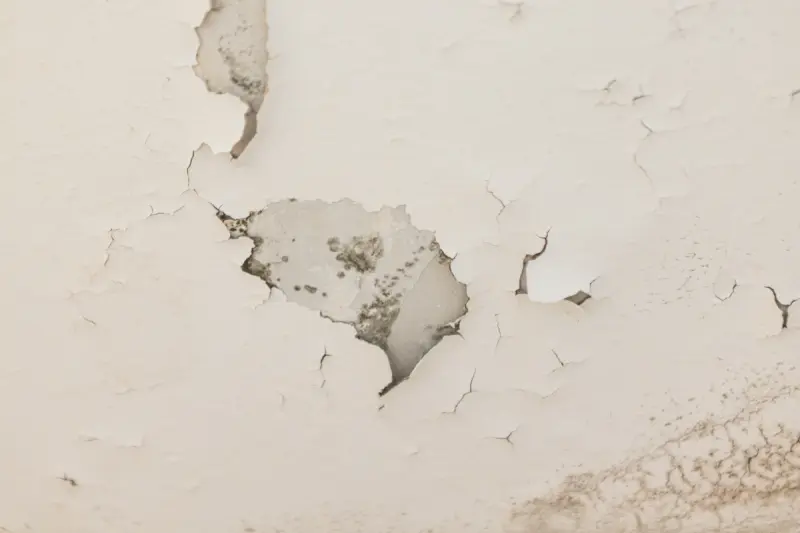
Leaking Walls
Leaking walls are a serious problem that can cause damp and structural damage in a building. Water can enter walls through cracks, poor pointing, or defective damp proof courses. Leaking walls can lead to damp patches, mould growth, and deterioration of building materials.
It is important to address leaks promptly. Proper maintenance and regular inspections can help prevent wall leaks and the associated problems, keeping your building safe and sound.
Poor Ventilation
Poor ventilation can contribute to damp problems in a building. When air circulation is inadequate, moist air can become trapped, leading to condensation and mould growth. This is especially common in kitchens and bathrooms.
Improving ventilation can help to prevent damp by reducing moisture levels and promoting air flow. Installing extractor fans, opening windows, and using dehumidifiers are effective ways to improve ventilation.
Rotting of Wood
Damp can cause wood to rot, leading to serious damage in a building. When wood becomes wet, it provides an ideal environment for fungi to grow, causing the wood to decay. This can affect structural components such as floorboards, beams, and window frames.
Left untreated, wood rot can compromise the safety and integrity of the building. It is important to identify and address the source of the damp, and replace any affected wood, to prevent further damage.
Above Water Damp Proofing Ltd are trained professionals when it comes to damp. We understand that damp removal and damp-proofing your property can be costly - which is why we provide a range of damp-proofing services at a fair price. Learn more about damp control in Windsor, Slough, Berkshire & Surrey.

